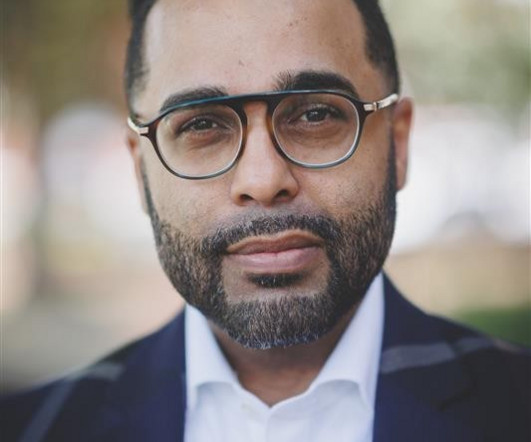Q&A: UNCF's Ed Smith-Lewis on the UNITE Convening and HBCU Transformation
Diverse: Issues in Higher Education
APRIL 9, 2025
Under the guidance and visionary leadership of our current President and CEO, Dr. Michael Lomax , ICB officially launched in 2006. The big innovation here is not only sharing our number one asset curriculum but also enabling the growth of a technological infrastructure that could be game-changing for HBCUs. But then we had a snag.












Let's personalize your content